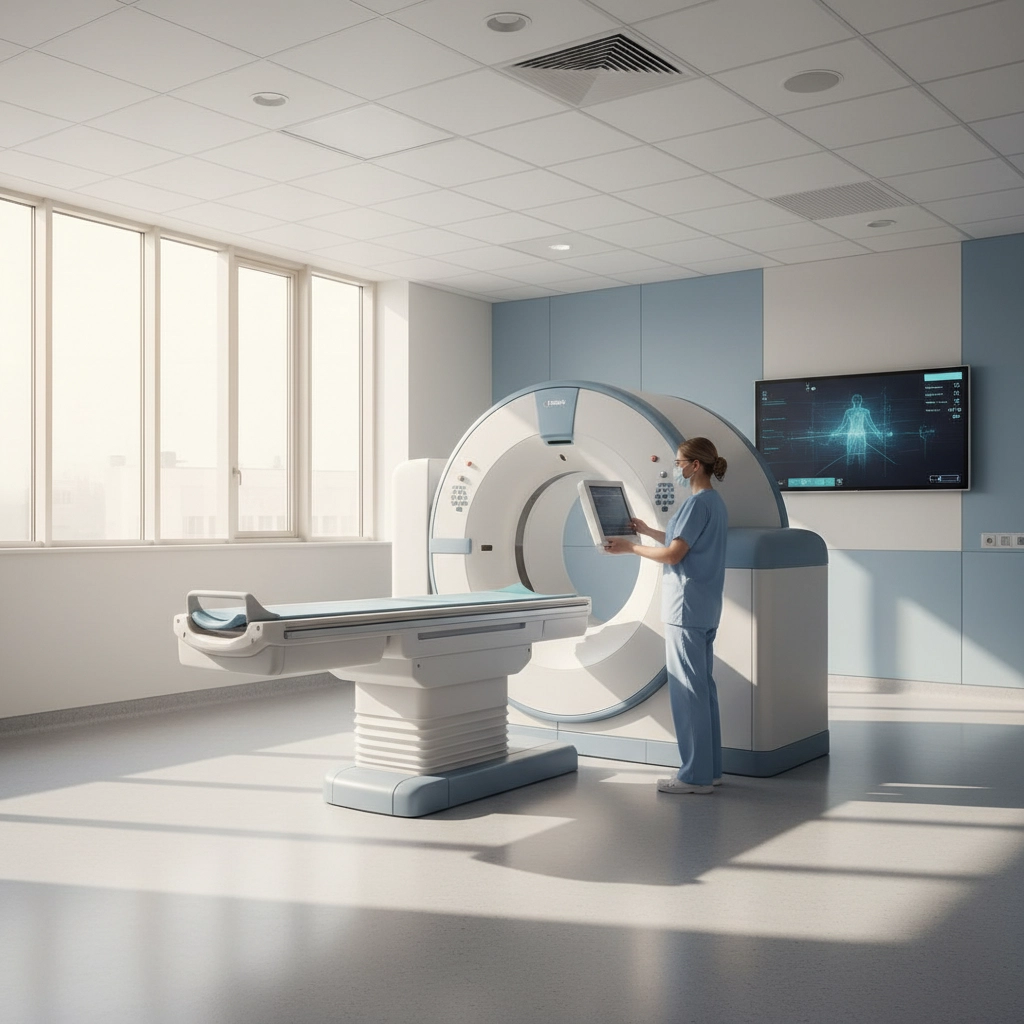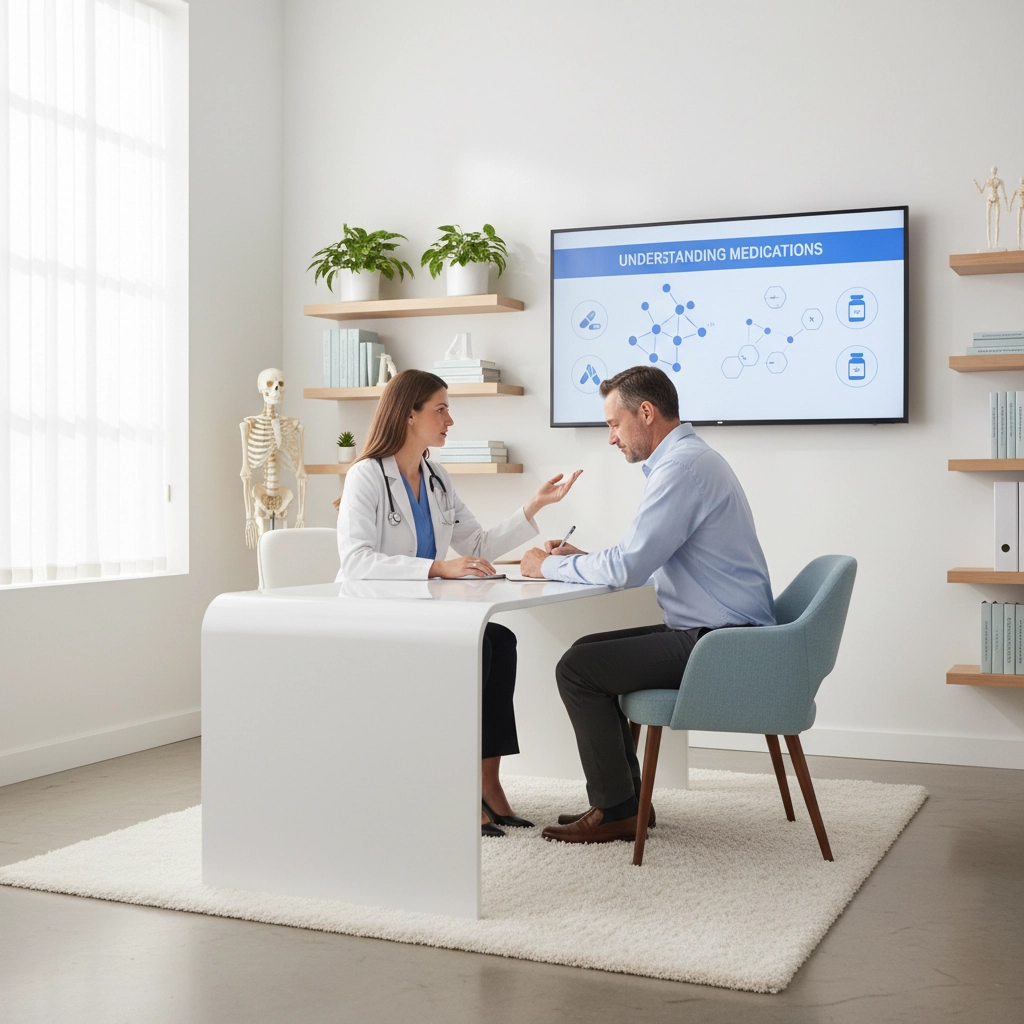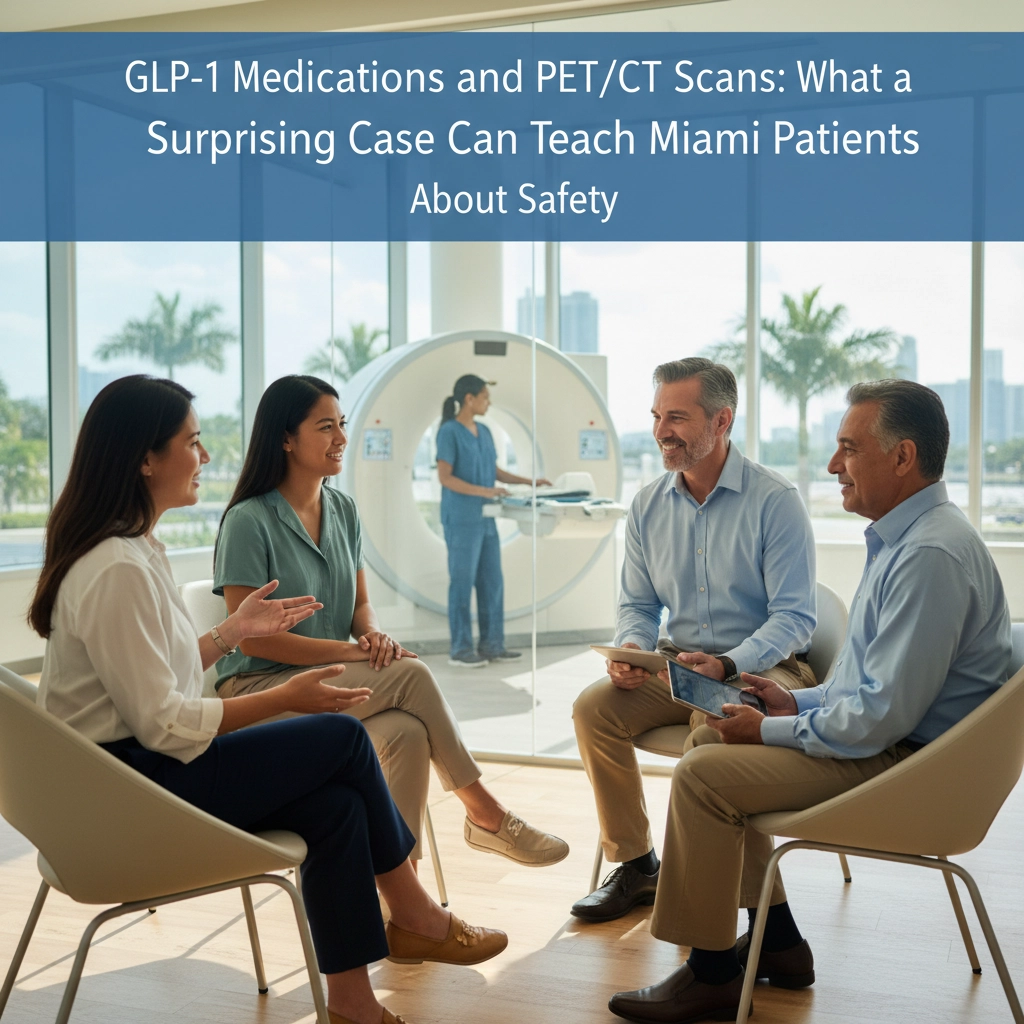You've probably seen the headlines about GLP-1 medications like Ozempic, Wegovy, and Mounjaro making waves in weight loss circles across Miami. These game-changing medications have transformed thousands of lives, but recent medical findings have revealed an unexpected twist that every South Miami patient needs to understand. A surprising case involving PET/CT scans has uncovered important safety insights that could significantly impact your treatment journey.
- The Unexpected Discovery That's Changing Medical Protocols
- How GLP-1 Medications Interact with Medical Imaging
- What This Means for Your Safety in South Miami
- Practical Steps to Protect Yourself
- Understanding the Bigger Picture
- Taking Action: Your Next Steps
- Don't Let Headlines Create Unnecessary Fear
- Your Path Forward in South Miami
The Unexpected Discovery That's Changing Medical Protocols
Recent clinical observations have revealed that GLP-1 receptor agonists can create unexpected findings on advanced imaging studies, including PET/CT scans. While the initial reports focused on potential pancreatic changes, the broader implications extend far beyond what most patients realize. Your safety and successful treatment outcomes depend on understanding these developments.
What makes this discovery particularly significant is how it demonstrates the importance of comprehensive medical oversight when you're using these powerful medications. The case that caught medical attention involved a patient whose routine imaging revealed patterns that initially appeared concerning but were actually related to the GLP-1 medication's normal metabolic effects.

How GLP-1 Medications Interact with Medical Imaging
Your body's response to GLP-1 medications extends far beyond appetite suppression and blood sugar control. These medications fundamentally alter how your metabolism functions, and this change becomes visible on sophisticated imaging studies like PET/CT scans.
When you're taking medications like tirzepatide (Mounjaro, Zepbound) or semaglutide (Ozempic, Wegovy), your glucose metabolism shifts dramatically. This metabolic change affects how radioactive tracers used in PET scans distribute throughout your body, potentially creating patterns that can be misinterpreted if your medical team isn't aware of your medication regimen.
The research shows that GLP-1 medications can cause:
- Altered FDG uptake patterns in muscles, heart tissue, and brown fat
- Changes in gastric motility that affect how tracers move through your digestive system
- Metabolic shifts that can mask certain conditions or create false-positive findings
- Subclinical inflammatory responses that may not cause symptoms but appear on imaging
What This Means for Your Safety in South Miami
Your journey with GLP-1 medications should always include comprehensive medical supervision, and these imaging findings reinforce why working with experienced integrative medicine providers is essential. At our South Miami practice, we've seen how proper monitoring and communication can prevent unnecessary anxiety and ensure accurate medical assessments.
Here's what you need to know about staying safe:
Communication is Your First Line of Defense
Every time you undergo medical imaging while taking GLP-1 medications, you must inform your imaging team about your current regimen. This simple step can prevent misinterpretation of results and avoid unnecessary follow-up procedures or treatments.
Your medical team needs to know:
- Which GLP-1 medication you're taking
- Your current dosage and frequency
- How long you've been on the medication
- Any recent changes to your treatment protocol

The Importance of Integrated Medical Care
Your success with GLP-1 medications depends on having a medical team that understands these complex interactions. Traditional symptom-only approaches often miss these nuanced effects, which is why integrative and functional medicine providers who specialize in comprehensive metabolic health are invaluable.
When you work with knowledgeable providers, they can:
- Coordinate with imaging facilities to ensure proper interpretation
- Monitor for subclinical changes before they become problematic
- Adjust protocols based on your individual response patterns
- Provide reassurance when imaging findings are related to normal medication effects
Practical Steps to Protect Yourself
Your proactive approach to safety can make all the difference in your treatment outcomes. Here are the essential steps you should take:
1. Establish Comprehensive Monitoring
Regular monitoring goes beyond basic weight checks and blood sugar measurements. Your medical team should implement protocols that include:
- Periodic enzyme monitoring to assess pancreatic function
- Comprehensive metabolic panels to track overall organ health
- Regular check-ins to assess how you're responding to treatment
- Coordinated care between your primary provider and any specialists
2. Document Everything
Keep detailed records of your GLP-1 treatment journey, including:
- Start date and initial dosage
- Any dosage adjustments and timing
- Side effects or symptoms you experience
- Results of any imaging studies or lab work
- Changes in other medications or supplements

3. Prepare for Medical Appointments
Before any medical imaging or procedure, prepare by:
- Creating a current medication list including exact dosages
- Noting when you last took your GLP-1 medication
- Bringing previous imaging results if available
- Having contact information for your prescribing physician
Understanding the Bigger Picture
The discovery of imaging interactions with GLP-1 medications actually demonstrates the sophisticated ways these treatments work in your body. Rather than being cause for alarm, these findings highlight the importance of working with medical providers who understand the full scope of these medications' effects.
Your body's metabolic transformation while using GLP-1 medications is comprehensive and powerful. The changes that show up on imaging studies often reflect the positive metabolic shifts that contribute to your weight loss success and improved health outcomes.
What the Research Really Shows
Current clinical evidence indicates that the imaging changes associated with GLP-1 medications are generally:
- Reversible when medications are discontinued
- Non-symptomatic in most cases
- Related to normal metabolic effects rather than dangerous complications
- Manageable with proper medical supervision
Taking Action: Your Next Steps
If you're currently taking GLP-1 medications for weight loss in the Miami area, here's your action plan:
Immediate Steps
- Review your medical team – Ensure you're working with providers experienced in GLP-1 medication management
- Update your medical records – Make sure all healthcare providers know about your current medications
- Schedule a check-in – If you haven't had recent monitoring, arrange comprehensive labs and assessment
Ongoing Management
- Maintain regular appointments with your prescribing physician
- Keep detailed records of your treatment response
- Communicate any concerns or symptoms promptly
- Stay informed about emerging research and guidelines

Don't Let Headlines Create Unnecessary Fear
Medical discoveries like these imaging findings can initially seem alarming, especially when reported in mainstream media. However, your safety depends on getting information from qualified medical sources who can put these findings in proper context.
The key takeaway isn't that GLP-1 medications are dangerous – it's that they're powerful tools that require knowledgeable medical supervision. When you work with experienced providers who understand these complex interactions, you can continue your successful weight loss journey with confidence.
Red Flags vs. Normal Responses
Learn to distinguish between concerning symptoms that require immediate attention and normal medication effects:
Contact your provider immediately if you experience:
- Severe abdominal pain
- Persistent nausea and vomiting
- Signs of pancreatitis (pain radiating to your back)
- Unusual changes in your health status
Normal medication effects include:
- Mild nausea that improves over time
- Changes in appetite and food preferences
- Gradual weight loss
- Improved blood sugar control
Your Path Forward in South Miami
Your journey with GLP-1 medications should be guided by comprehensive medical expertise, not fear-based headlines. The recent discoveries about imaging interactions reinforce the importance of working with qualified integrative medicine providers who can navigate these complex medical landscapes.
At Advice for Wellness, we understand that your success depends on more than just prescribing medications – it requires ongoing monitoring, education, and support. These recent findings don't change the fundamental safety profile of GLP-1 medications when used appropriately; they simply add another layer to the comprehensive care you deserve.
Remember, thousands of patients across Miami are successfully using GLP-1 medications for transformative weight loss results. With proper medical supervision and awareness of these imaging considerations, you can continue your journey with confidence, knowing that your medical team is equipped to handle any complexities that arise.
Your health transformation is within reach, and understanding these safety considerations only makes your journey more secure. Stay informed, stay connected with qualified providers, and continue moving forward toward your wellness goals.

